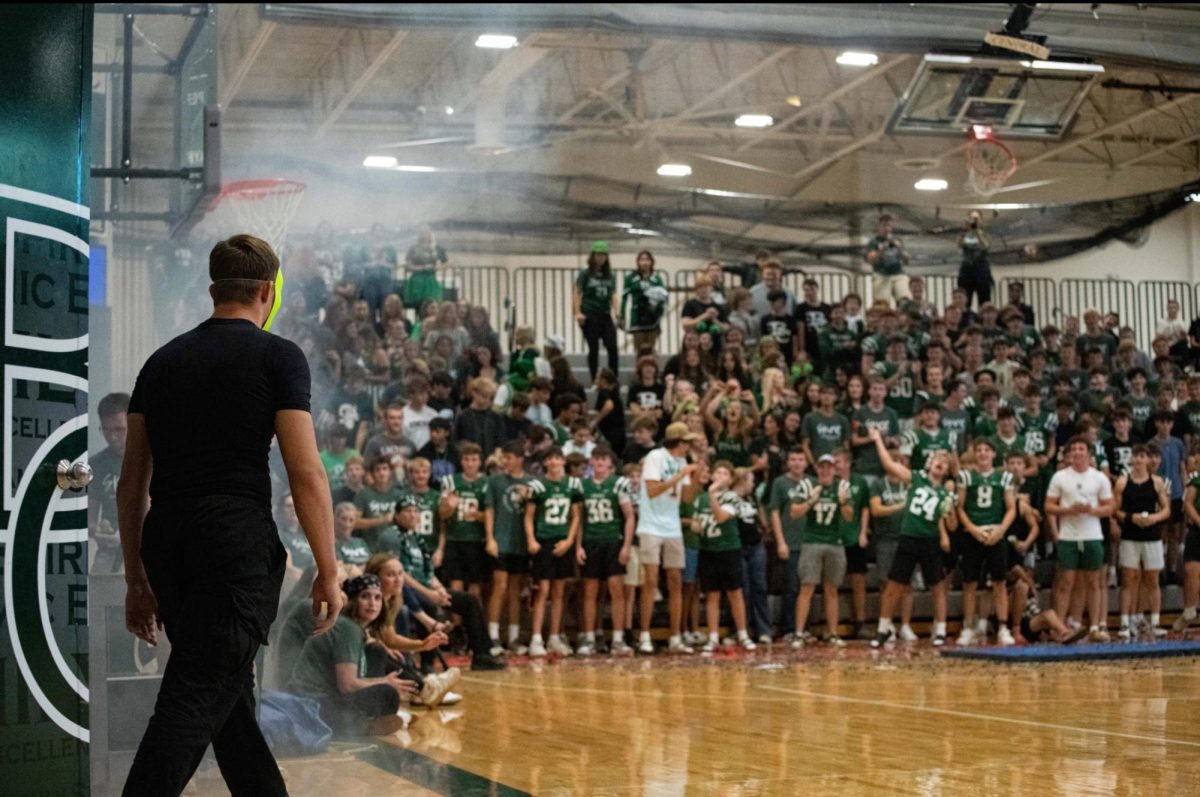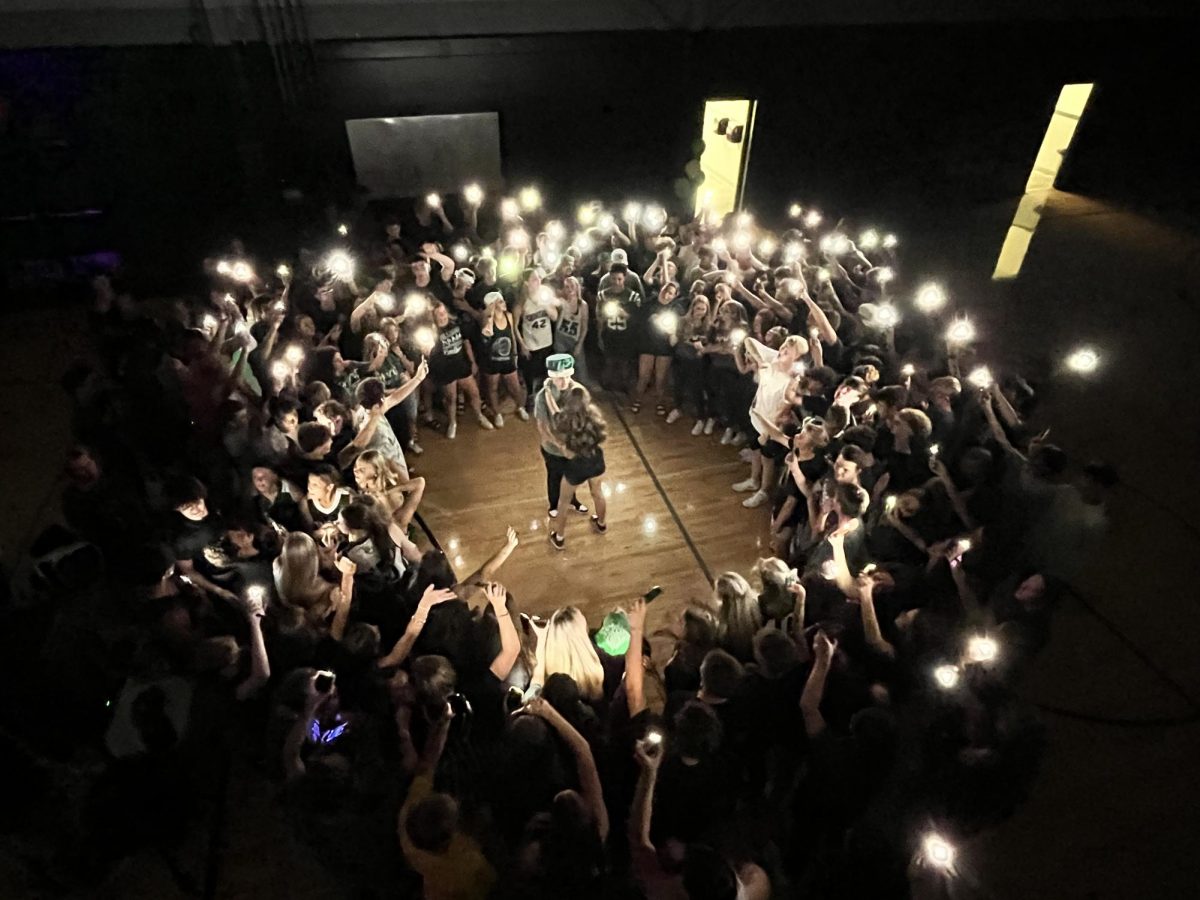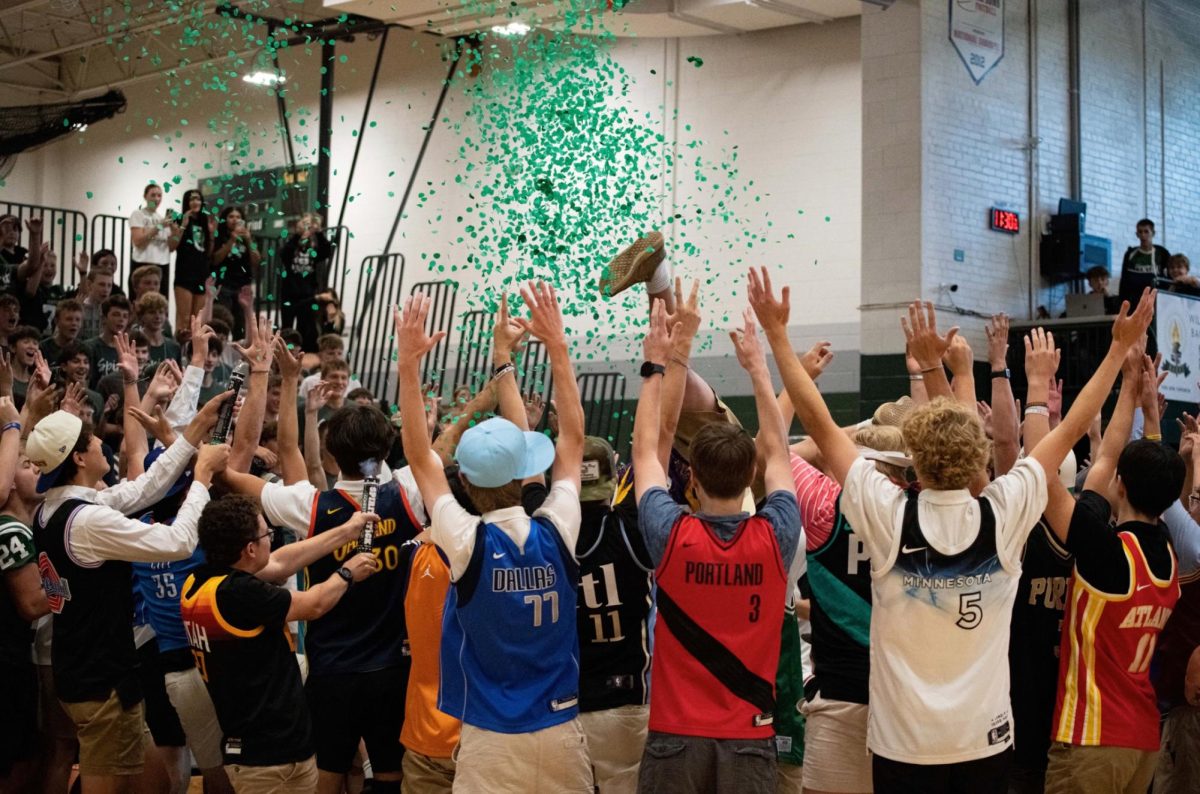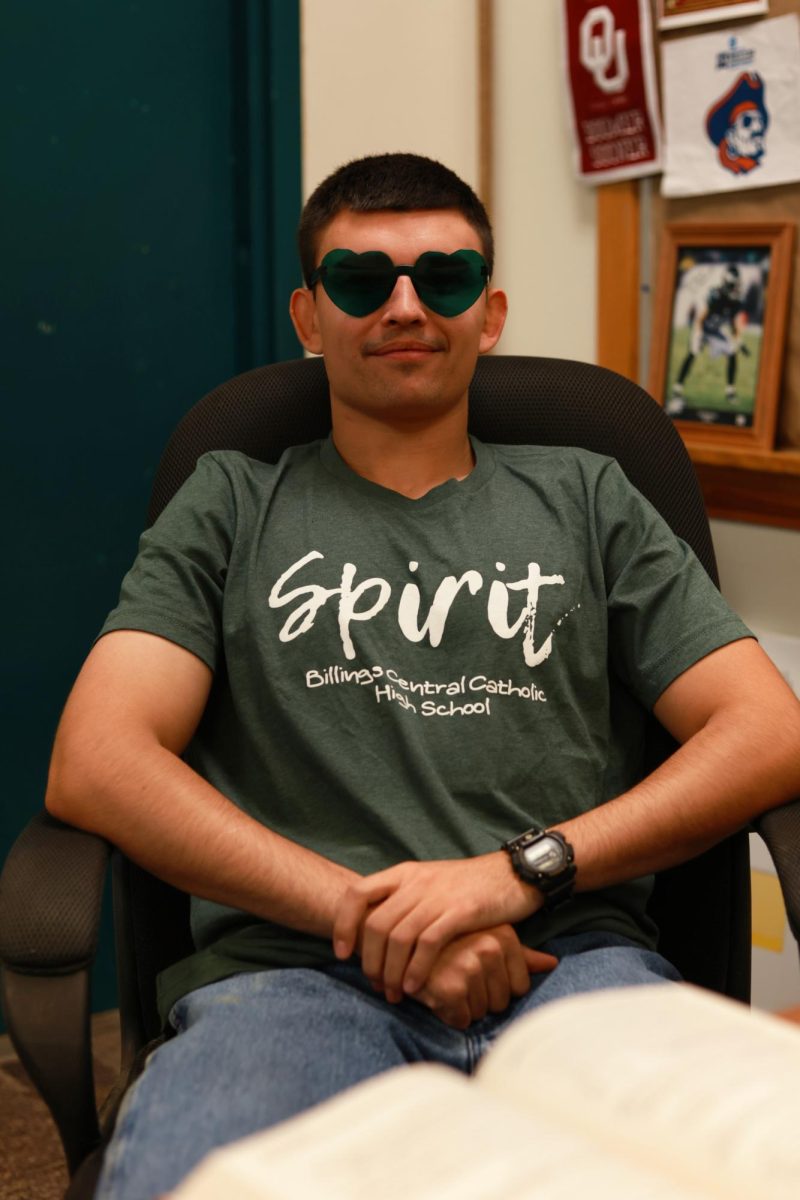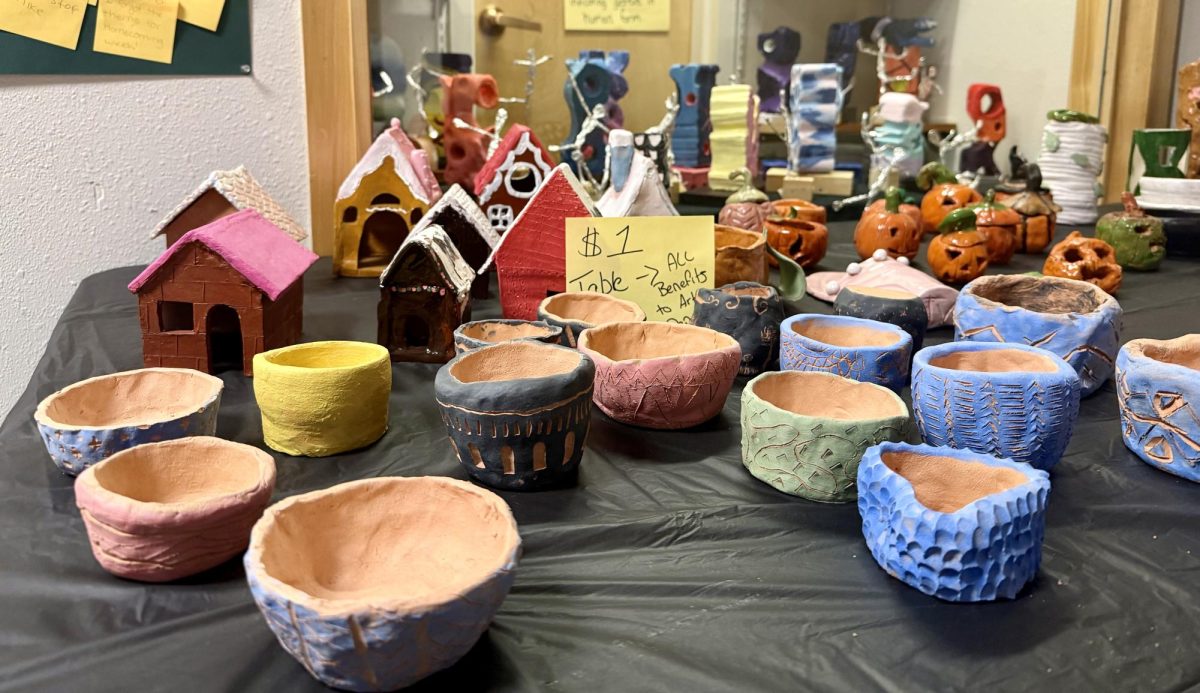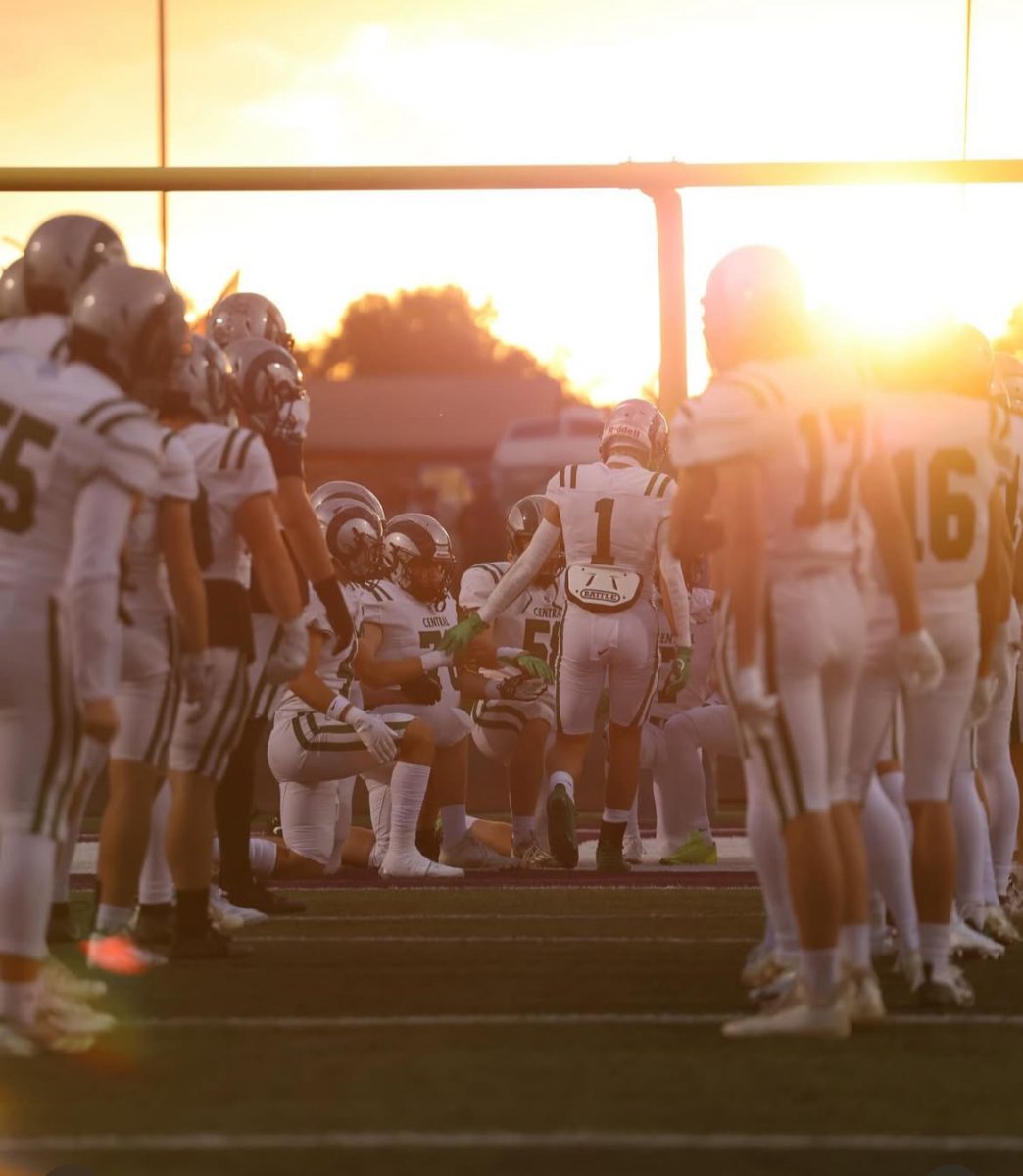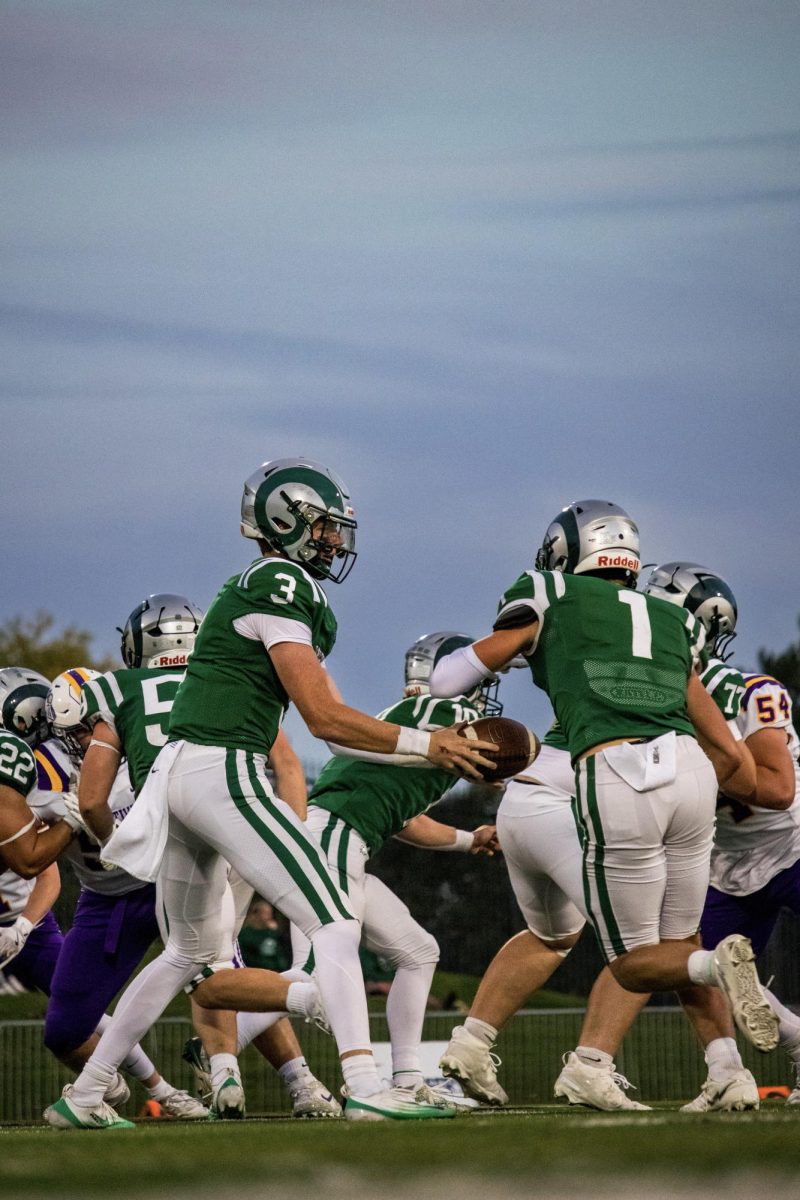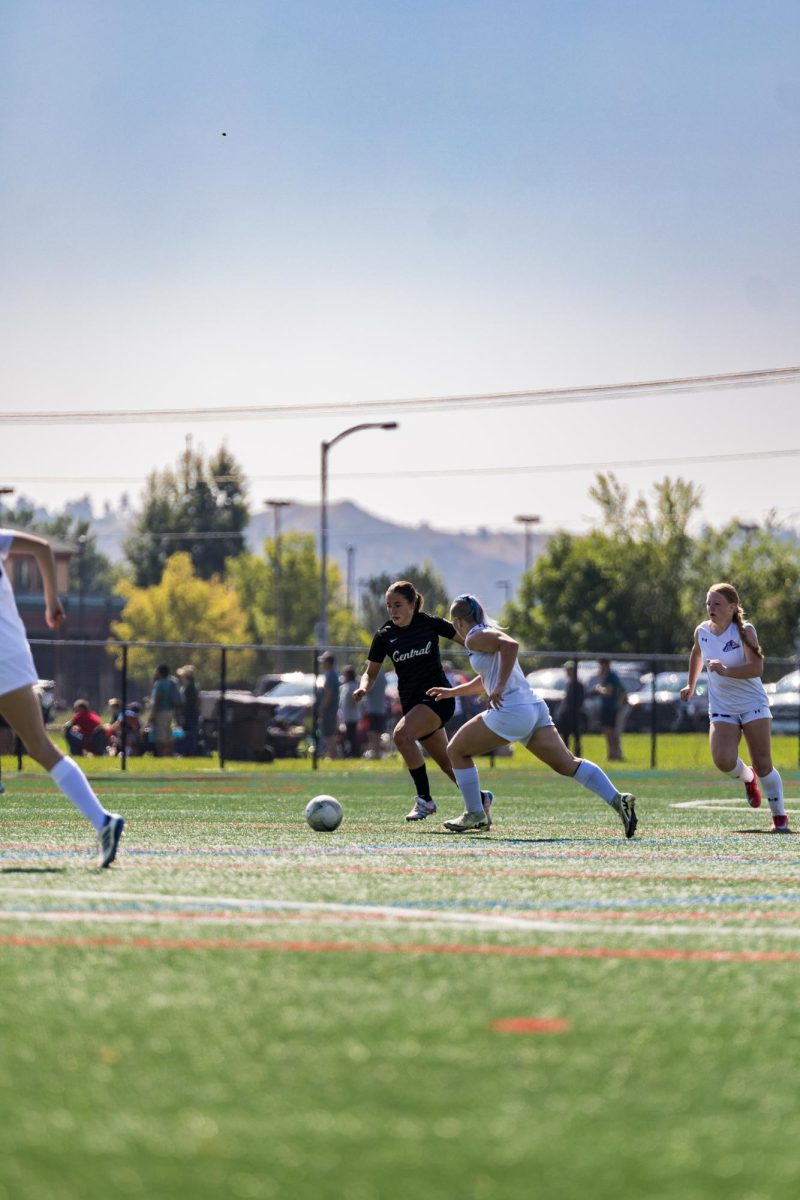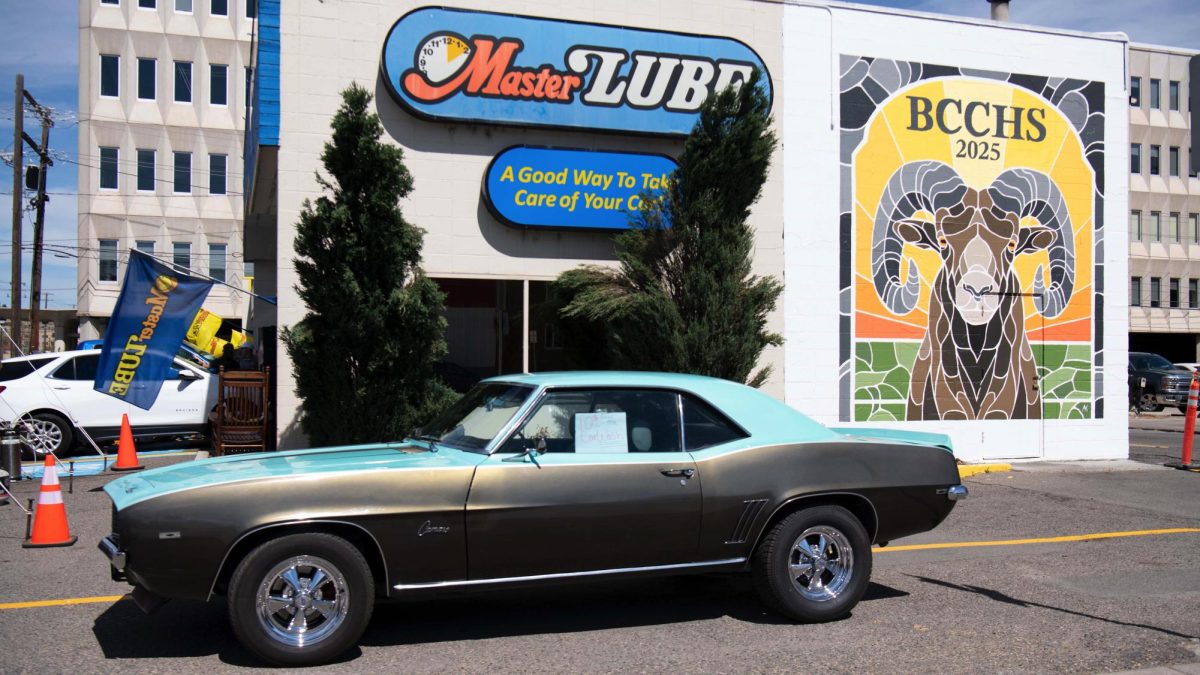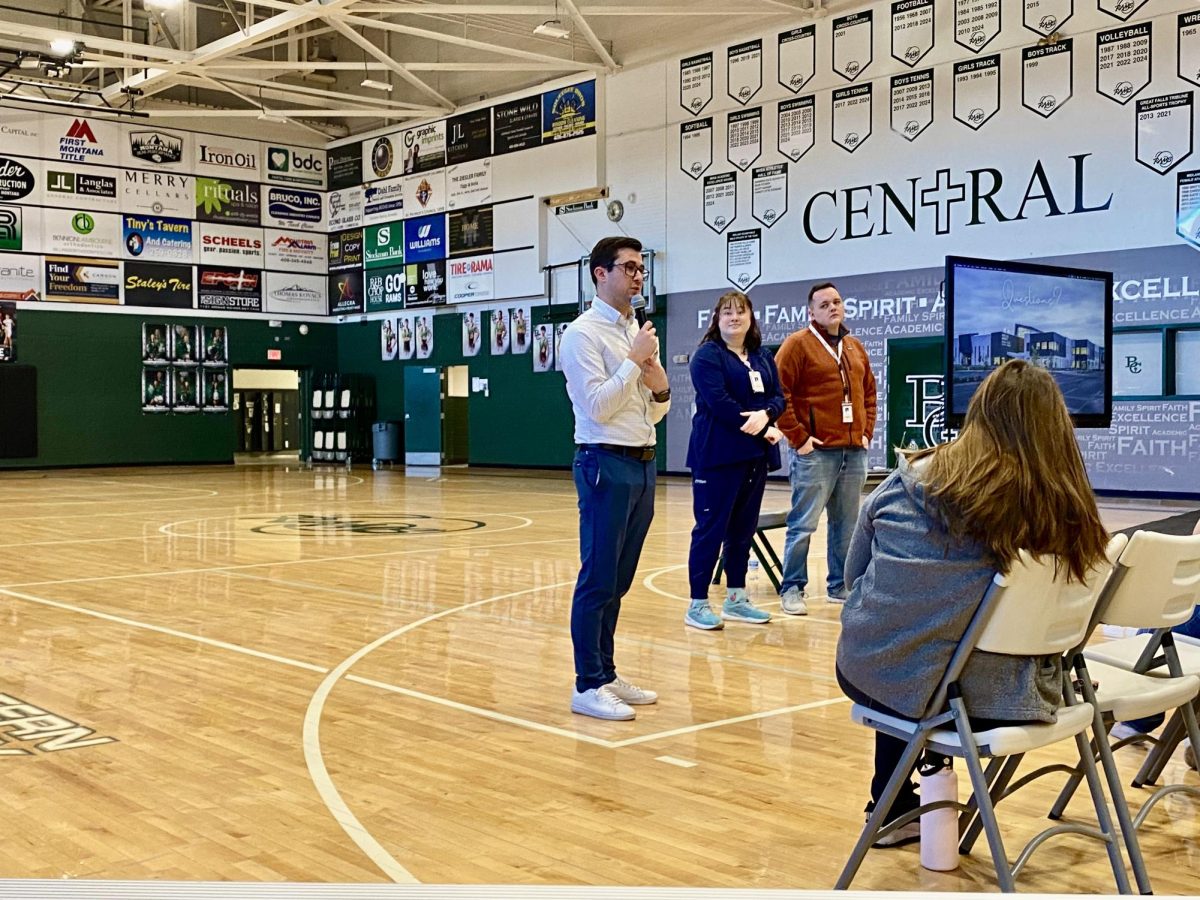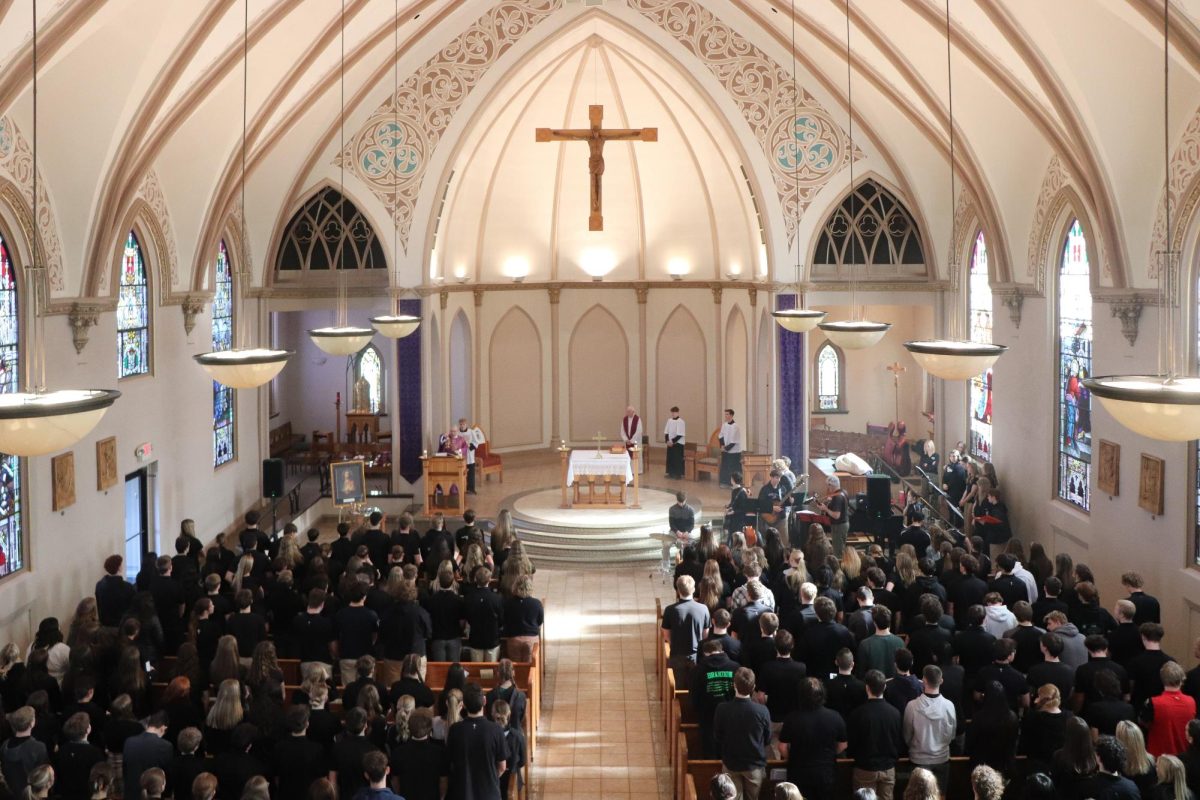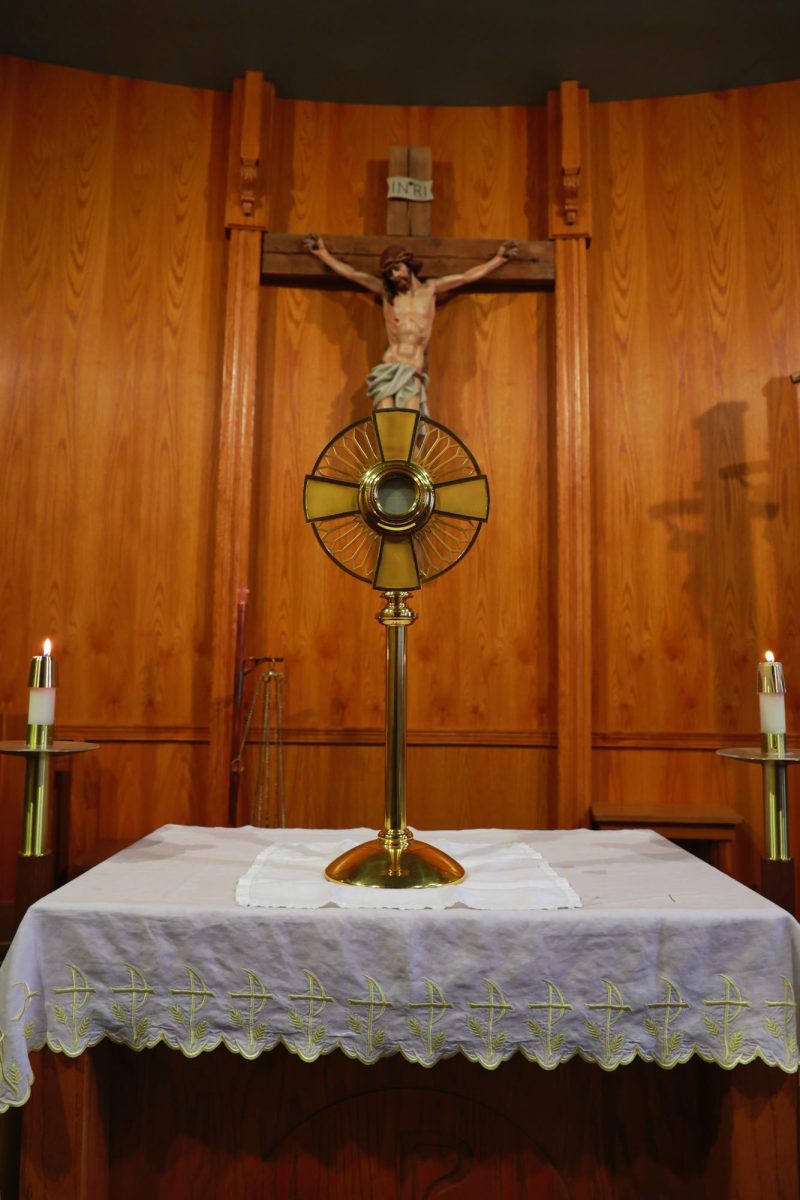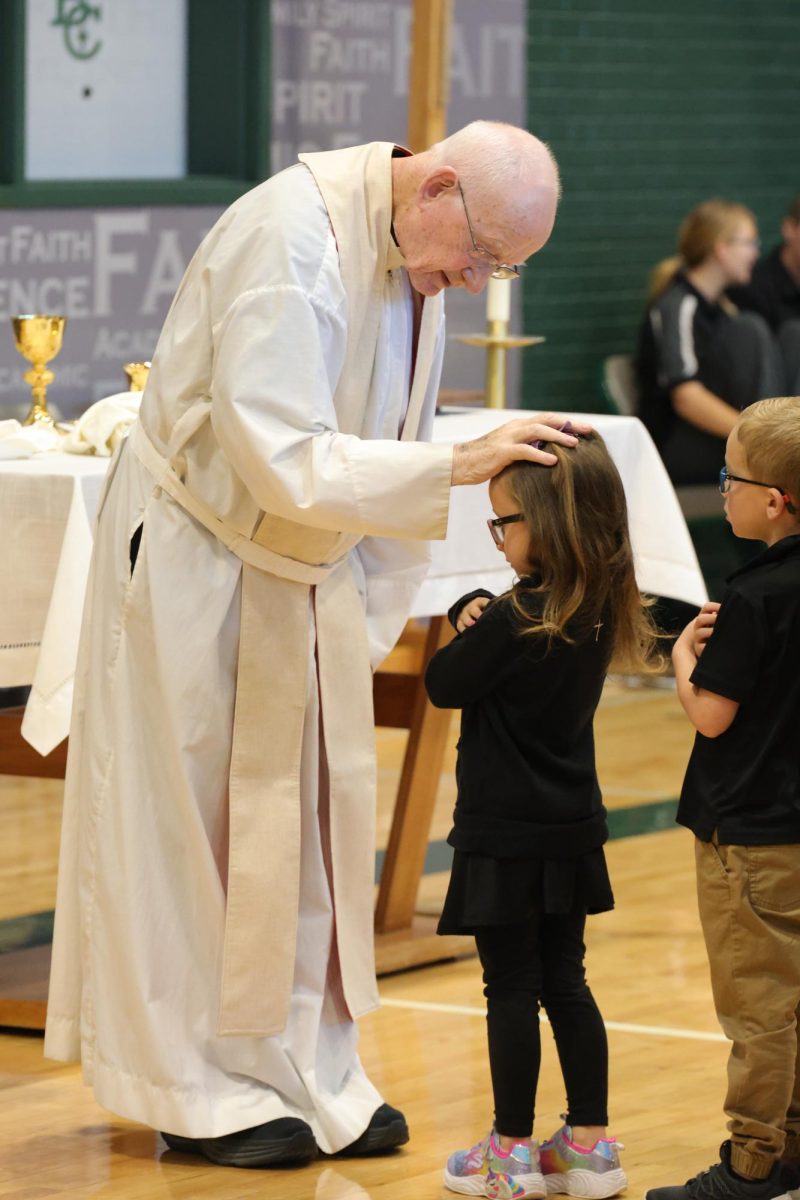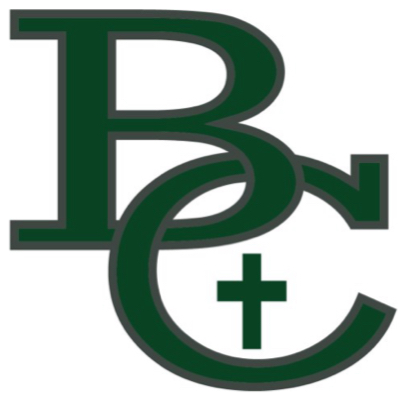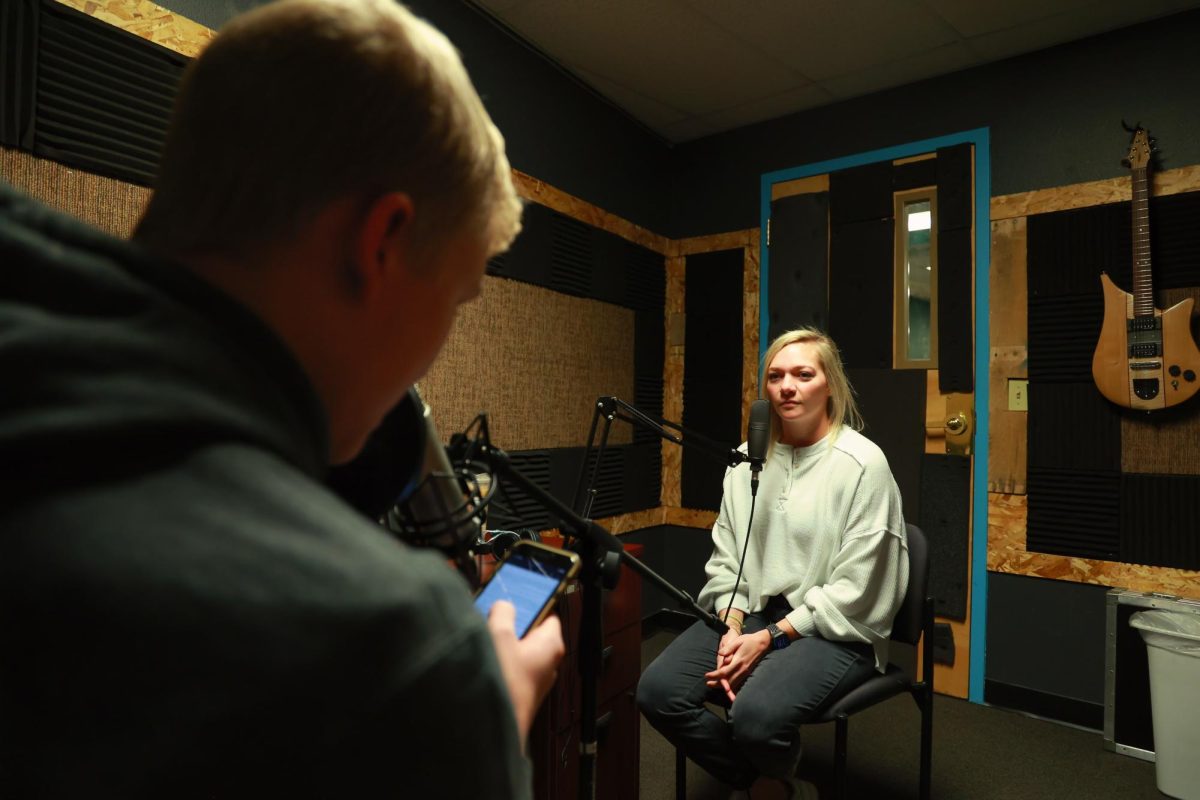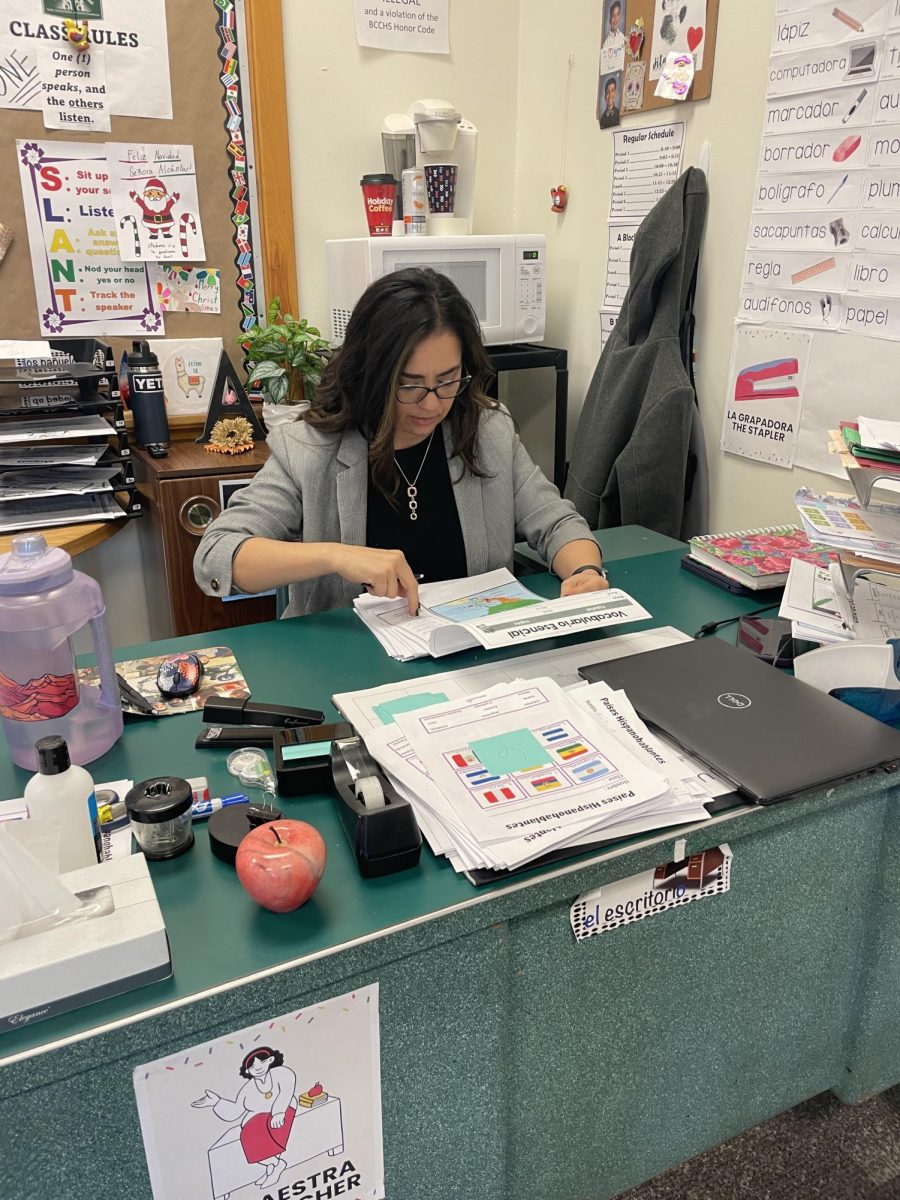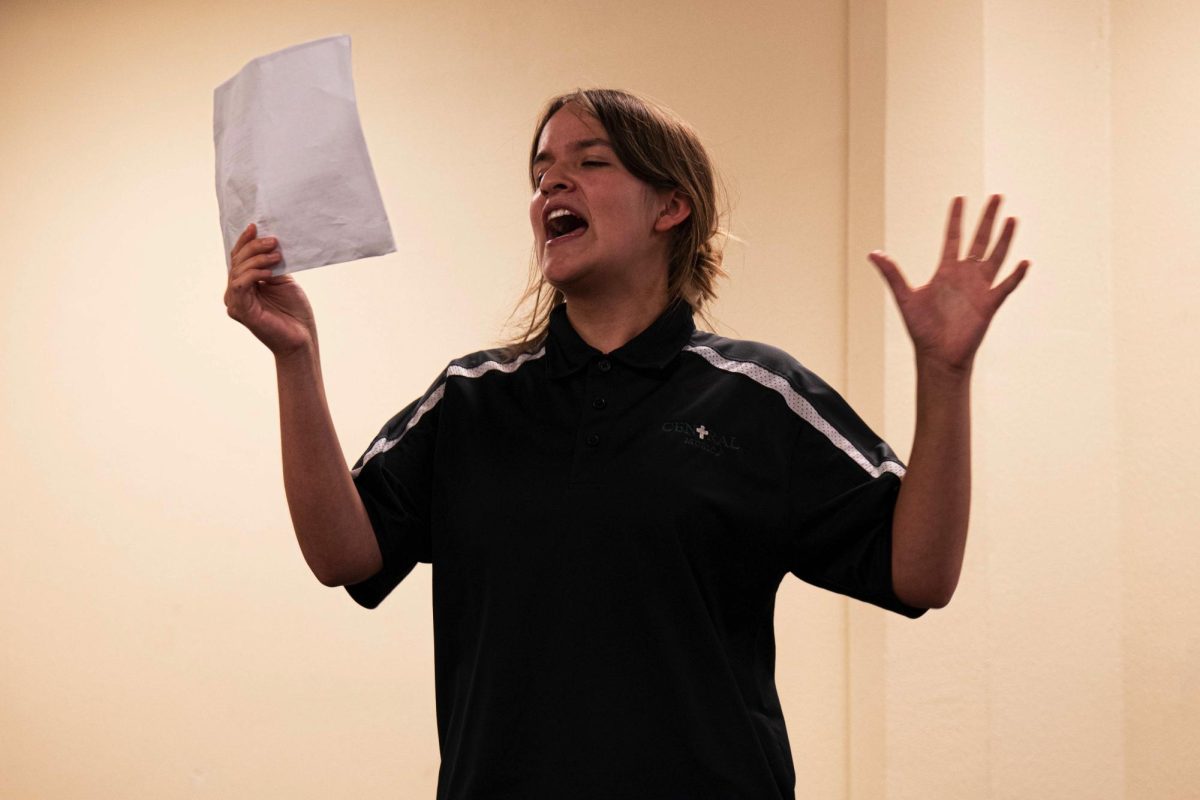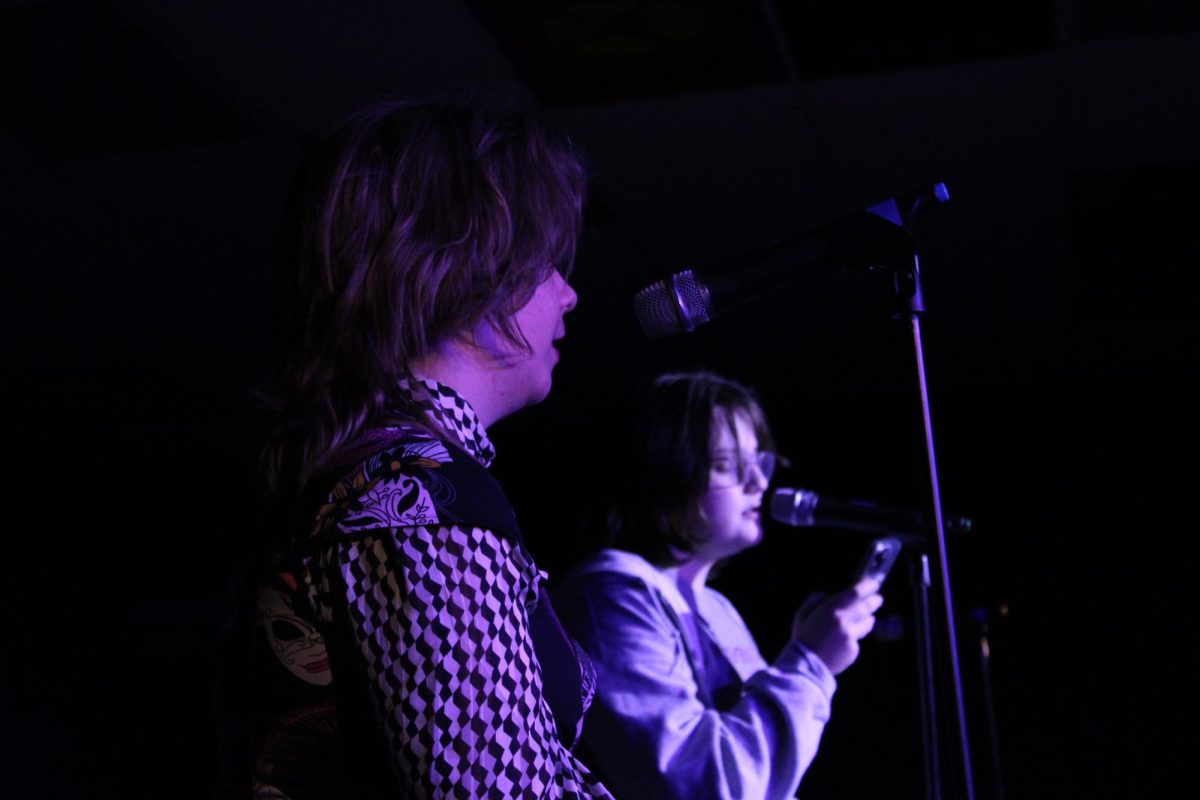Faith, Family Spirit, Academic Excellence, and Inclusion?
How do we, as a student body, create a more diverse, equitable, and inclusive environment for new students to thrive?
June 2, 2023
Keeping “Faith, Family Spirit, and Academic Excellence” a focal point in education is an objective every student and teacher strives to achieve at Billings Central Catholic High School. This dictum can be heard during school assemblies, seen on the school’s website, and is present in everything students do. Creating a diverse, equitable, and inclusive (DEI) environment is a critical aspect of achieving this family-oriented, academically rigorous setting. These core values improve academic excellence and elevate the classroom learning environment, creating world-ready students. Economic and racial diversity play an important role in creating an environment where students excel in citizenship, intellectual engagement, and academic skills—such as critical thinking—which all improve the academic environment.
There’s one major problem standing in front of achieving these values: private schools are less racially and economically diverse than public schools due to tuition requirements. So how do private schools foster an inclusive and diverse classroom setting?
The answer is much more complicated than one may think. Billings Central is a private, Catholic institution that was founded in the first half of the 20th century as a place for quality education. An essential part of the Catholic Church is to be universal (the word “catholic” directly translates to “universal” in Greek), so having a diverse student body—both socioeconomically and racially—is a vital component of the school’s Catholic identity. Given that Billings Central cannot receive direct support from the government through tax revenue, it is instead necessary to rely on tuition and fundraising support for teacher salaries, student supplies, and scholarship money. Providing financial assistance for families in need directly aligns with Catholic values; Billings Central does indeed offer need-based financial aid through various scholarships and grant programs. According to the school system’s website, BCS K-12 students received over $1.3 million in aid for the 2022-2023 school year through Catholic parishes, Billings Catholic Schools, the Billings Catholic Schools Foundation, ACE Scholarships, and local community partners.
Private schools around the nation have statistically lower levels of racial diversity than their public school counterparts, but why is it important for schools to have a diverse student body? According to the Drexel University School of Education, “Fostering inclusion and awareness around multicultural education and taking a culturally responsive approach to teaching benefits all students. Not only does creating greater multicultural awareness and inclusion help students with different backgrounds and needs succeed, but it encourages acceptance and helps prepare students to thrive in an exponentially diverse world.” Developing young adults who advocate for diversity, equity, and inclusion is essential to shape a generation into world leaders. Billings Central prides itself in preparing students for the “real world” through advanced placement classes, service hours, and enriching opportunities, but it lacks a diverse student body.
Private schools have a challenging time increasing diversity compared to public schools. According to Private School Review, “In 2022/23, the average percent of minority students in private schools is 33%.” In order to compare the diversity of BCCHS with other schools, one must first understand diversity within the context of Billings as a city. If the city of Billings is more diverse than BCCHS, then there is room for improvement. Schools are situated in various cities that are composed of varying percentages of minority individuals. So how does each individual city’s diversity report correlate with private schools’ diversity reports? Theoretically, schools that are in states such as California, Texas, and New York should contain a higher number of minority students in private schools than states such as Montana, Wyoming, or Idaho. When looking at Billings Central’s racial diversity report and cross-referencing the data with reports from the city of Billings, one can see that, perhaps surprisingly, BCCHS is fairly representative of the Billings community.
Billings Central Catholic High School Racial Diversity Report
(source: https://billingscatholicschools.org/about-bcs/state-of-the-schools/)
Hispanic 4.1%
American Indian/Native Alaskan 3.9%
Asian 2.9%
Black/African American 2%
Native Hawaiian or Pacific Islander .1%.
White 87%
City of Billings Racial Diversity Report:
(source: US Census Bureau: American Community Survey Data)
White: 87.78%
Native American: 4.56%
Two or more races: 4.39%
Black or African American: 1.20%
Other race: 1.10%
Asian: 0.88%
Native Hawaiian or Pacific Islander: 0.08%
These statistics reveal that Billings Central Catholic High School has done a decent job at representing its community. BCS president Andrew McDonald said, “My goal is to make it feasible for anyone to attend the Catholic school system no matter their economic or racial status. Anyone who makes up to 350% above the poverty line is able to receive financial aid. BCCHS wants to fill that gap, no matter how big.” So the overall question of increasing diversity morphs into examining how we, as a school, can best represent our community. Mr. McDonald stated, ”We have worked very hard to improve the ACE scholarship fund. Increasing this fund allows us to extend Catholic education to everyone in the surrounding community, aiding in increasing educational accessibility to Billings” McDonald said the school system can help serve a wider range of the Billings population. “I think the ‘how’ comes to our ability to celebrate different cultures and ethnicities within our school system; we accomplish this through allowing students to share their story. Sharing student stories adds to our story as a school system, which in turn creates an inclusive environment,” McDonald said.
Improving all forms of diversity is critical in order to foster academic excellence, one of Central’s core values; Academic excellence comes alongside a culturally diverse classroom, something students will experience in the real world. Walking this fine line of reducing tuition to improve a core value of Billings Central while simultaneously improving teacher retention is very difficult: it’s going to require a new perspective taken on by administration to foster creativity in recruiting a more diverse and inclusive student body.
